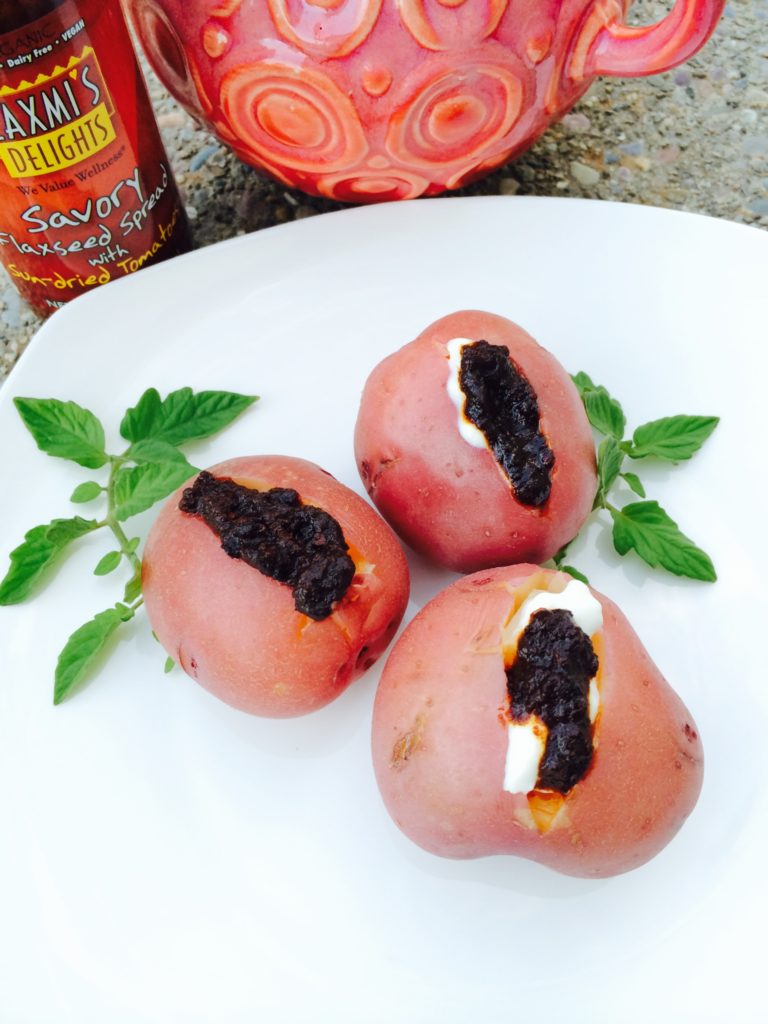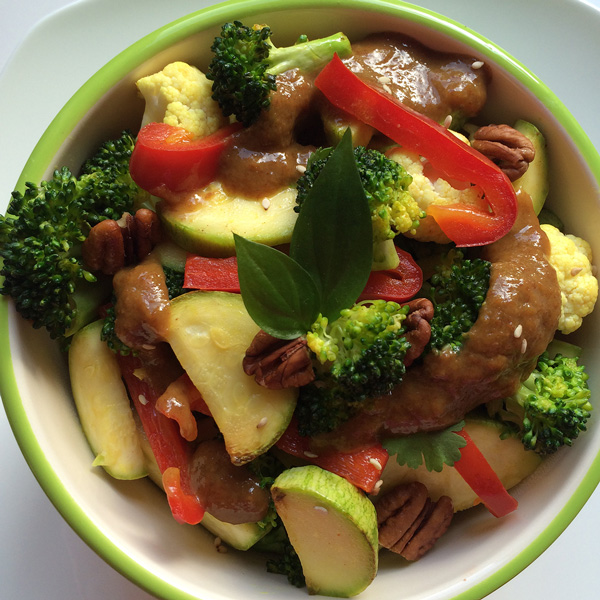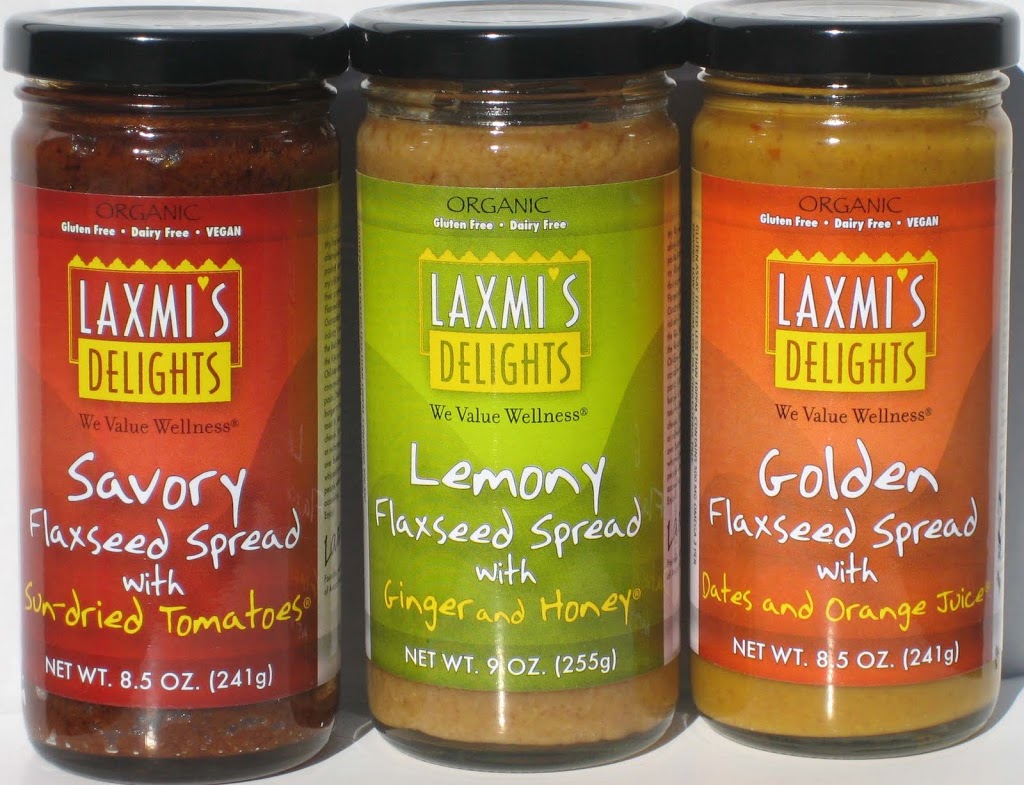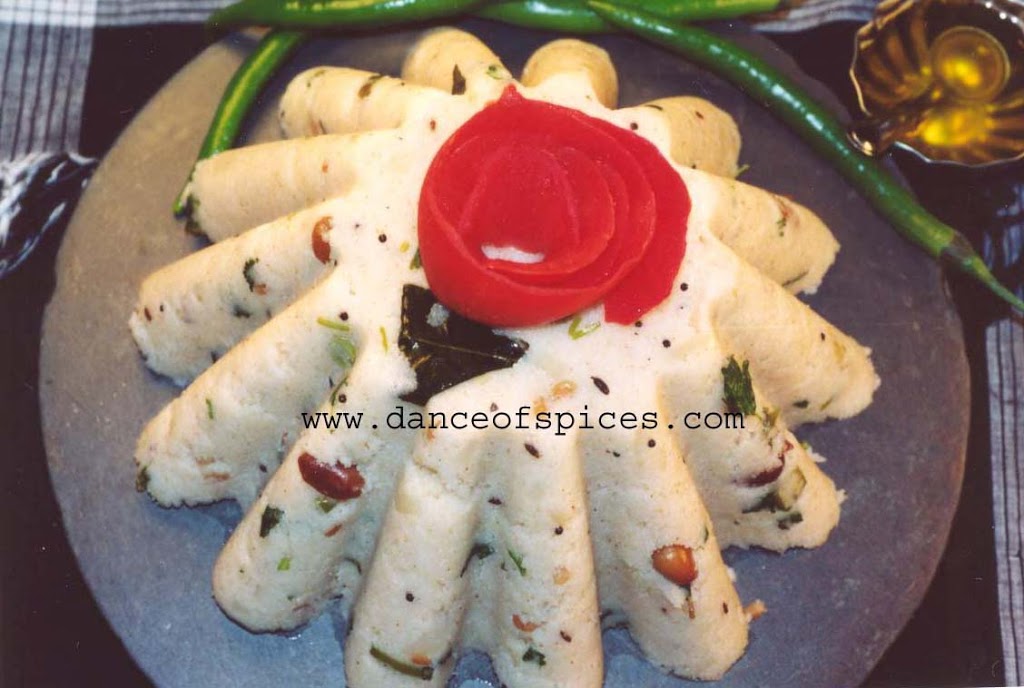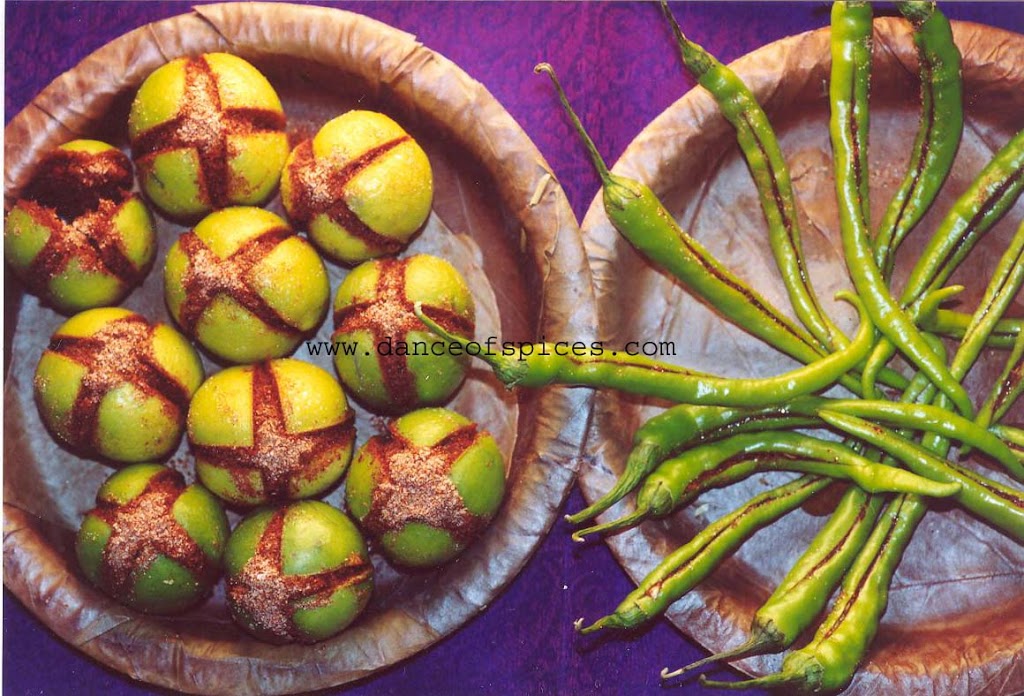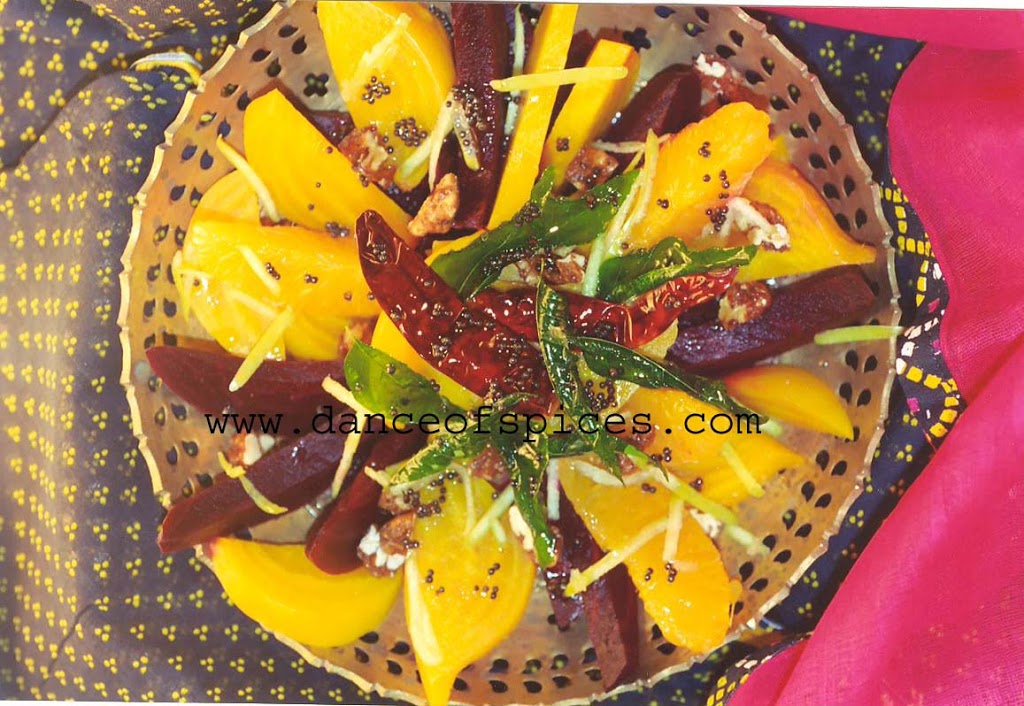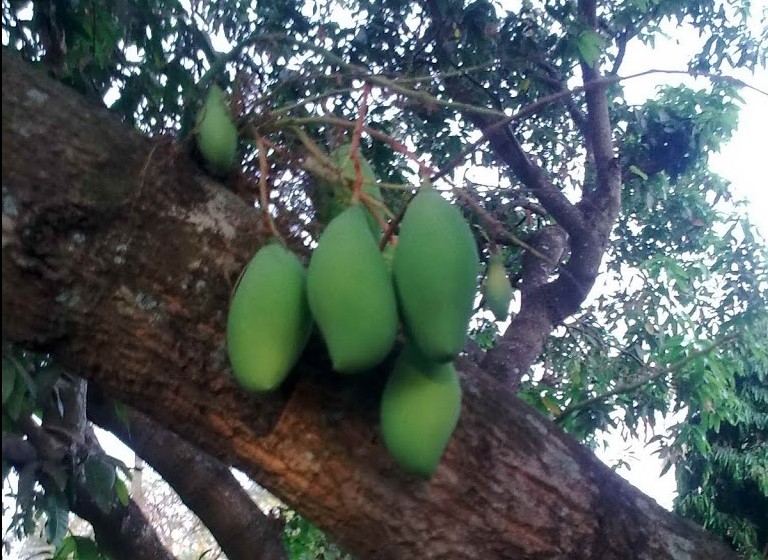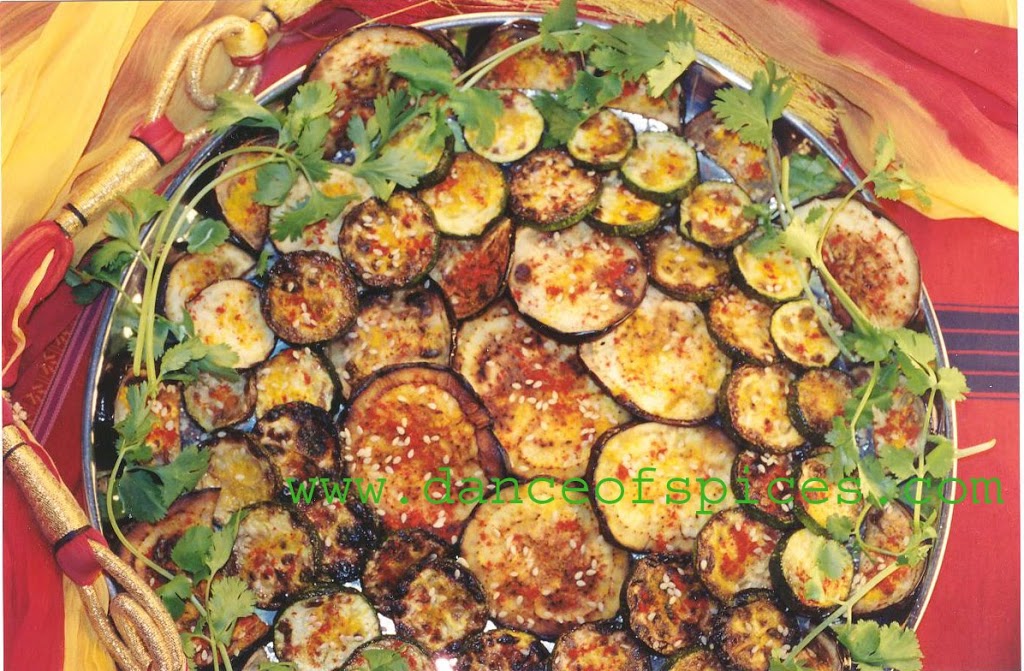Baby Potatoes with Savory Flaxseed Spread
1 pound (small 6 to 8) Yukon gold, purple, Russet or new potatoes 2 tablespoons Savory Flaxseed Spread with Sun-dried Tomatoes Chopped fresh cilantro Scrub the potatoes and place them in a large pot. Boil until just tender, 15 minutes. Let cool until easy to handle. […]
Baby Potatoes with Savory Flaxseed Spread Read More »

